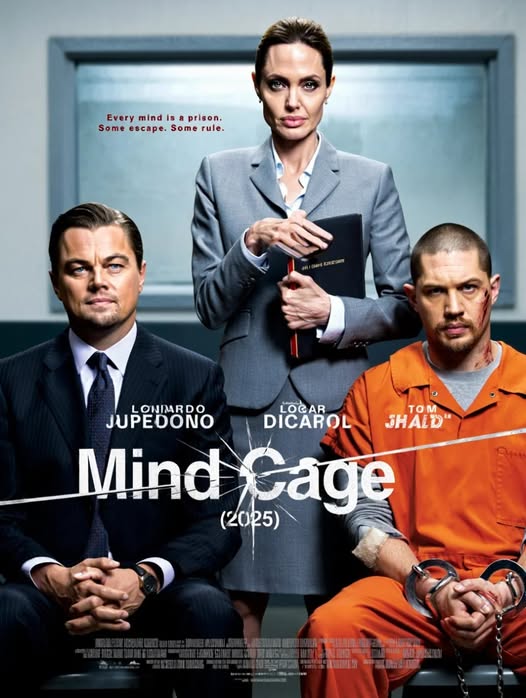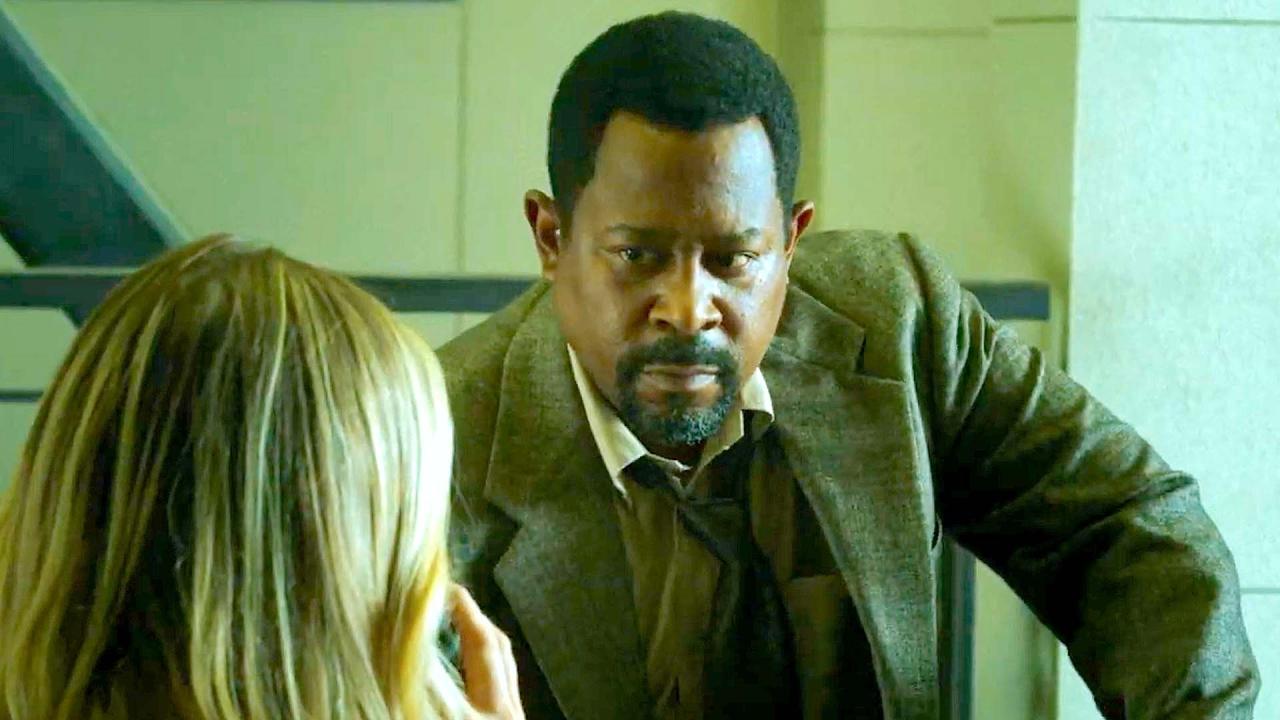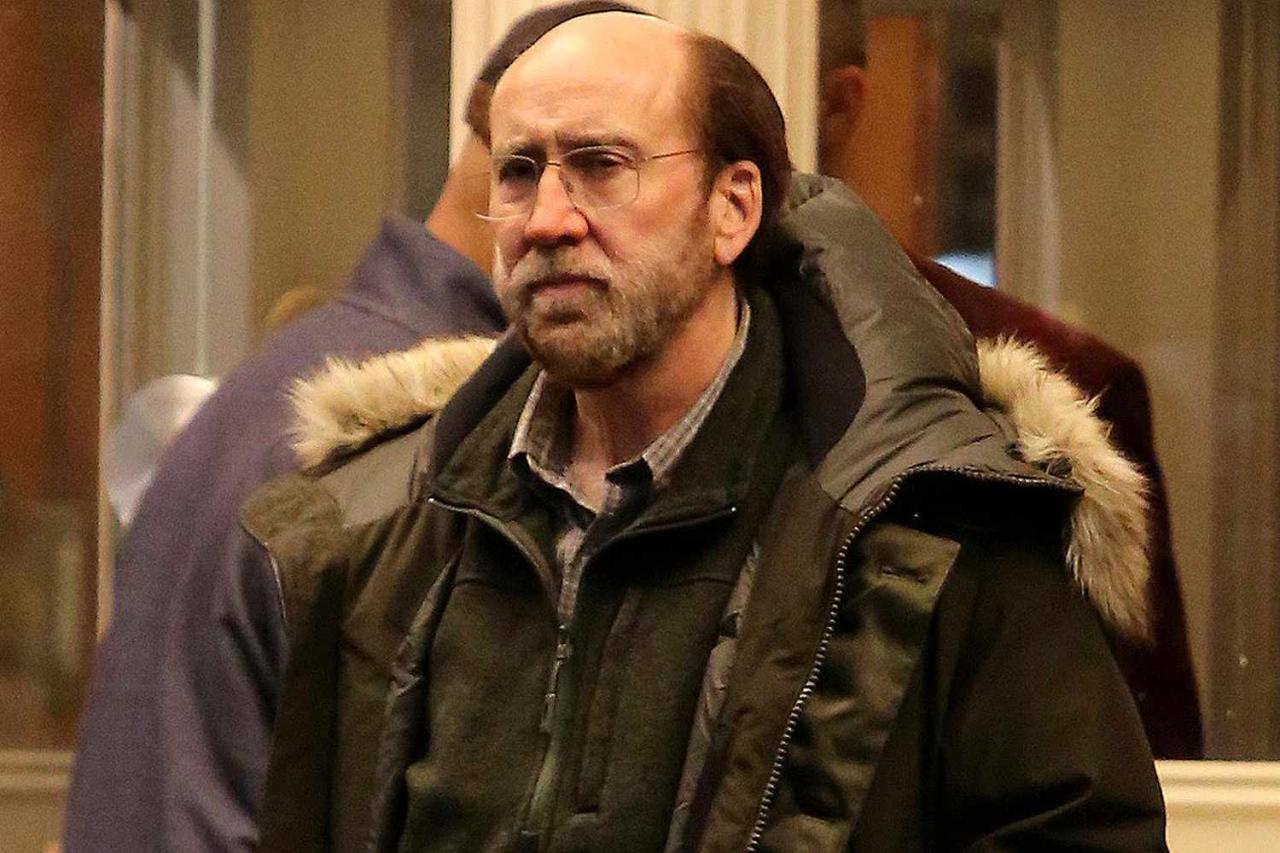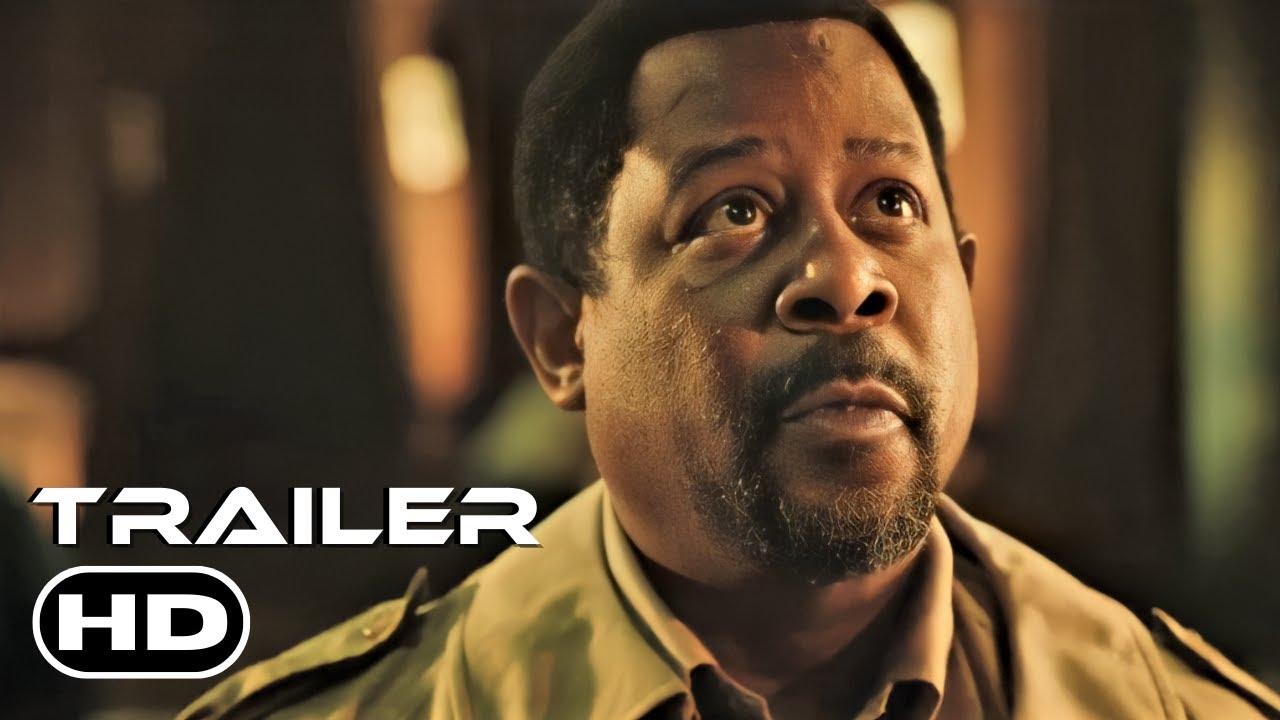
In the vast landscape of psychological thrillers, Mind Cage emerges as a cinematic labyrinth where every shadow conceals a secret, and every silence echoes with dread. Directed with surgical precision, this film grips from the opening frame and refuses to release its audience until the final, unsettling revelation. It is less a story than a descent—a plunge into the fragile corridors of the human psyche where truth and madness collide.

At its heart lies Detective Claire Monroe, embodied with haunting brilliance by Angelina Jolie. Her presence is magnetic yet fractured, a woman whose pursuit of justice is shadowed by ghosts of her own past. Jolie imbues Claire with a quiet desperation, the kind that simmers beneath calm words but ignites during every clash with her adversaries. She is not merely hunting a killer; she is clawing her way through the fog of her own obsessions.
Opposite her stands Leonardo DiCaprio as Dr. Julian Ward, a character who is as captivating as he is terrifying. Ward is the epitome of charm, cloaked in intellect and authority, but DiCaprio threads a sinister current beneath his performance. Each smile is a mask, each word a carefully sharpened blade. He becomes a figure audiences cannot look away from, even as unease coils tighter around every gesture.

Then there is Tom Hardy as Marcus Hale—the suspect who seems both monster and victim. Hardy plays Hale with feral energy, a man shackled by his own rage, torn between guilt and defiance. At times, he appears to be a predator; at others, a pawn in someone else’s deadly game. His performance adds raw unpredictability, making every interrogation a battle where truth seems forever out of reach.
The film’s greatest strength is its atmosphere. Director and cinematographer paint the world of Mind Cage in muted grays and oppressive shadows, creating a sense of suffocation. Every room feels smaller, every hallway tighter, as though the walls themselves are conspiring to trap both characters and audience alike. This visual design mirrors the theme: the mind as prison, the self as cage.
Dialogue, too, becomes weaponized. The interrogations between Claire, Ward, and Hale are not mere exchanges of information—they are psychological duels. Pauses hang heavier than accusations, and the slightest flicker of expression feels like confession. These moments transform conversation into combat, reminding viewers that words can wound more deeply than any blade.

Thematically, Mind Cage is less concerned with catching a killer than with unraveling the delicate fabric of identity and morality. What is justice when both predator and protector are chained by obsession? When truth itself becomes distorted by perspective, the lines blur until audience and character alike are left questioning what—and who—they can believe.
The score pulses like a heartbeat beneath the surface, understated yet ever-present, building dread without drawing attention to itself. Combined with meticulously controlled pacing, it crafts a rhythm of unease. The film burns slowly, daring viewers to lean closer, only to strike when least expected.
Perhaps the most unsettling element of Mind Cage is its refusal to provide clean answers. Closure is a luxury the film denies, because in its world, certainty does not exist. Instead, audiences leave carrying fragments of doubt, questions that echo long after the credits roll. It is cinema designed not for comfort, but for reflection.

Angelina Jolie, Leonardo DiCaprio, and Tom Hardy form a triumvirate of powerhouse performances that elevate the narrative beyond a typical thriller. Together, they embody a cycle of predator and prey, sanity and madness, hunter and hunted. Their interplay is electric—charged with danger, yet restrained enough to keep viewers perpetually on edge.
Ultimately, Mind Cage is not about murder, nor even about crime. It is about the invisible wars waged within the human mind, the prisons we build from guilt, desire, and fear. The film lingers like a nightmare you cannot shake, not because it terrifies with gore, but because it whispers the most chilling truth of all: sometimes the deadliest chains are the ones we lock on ourselves.
